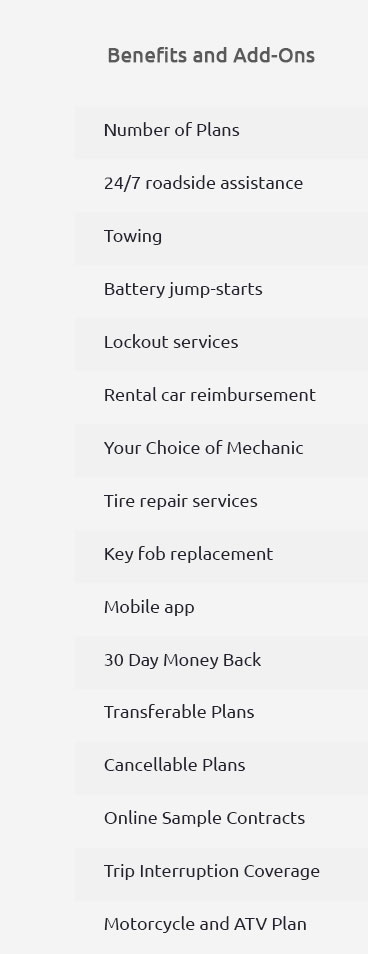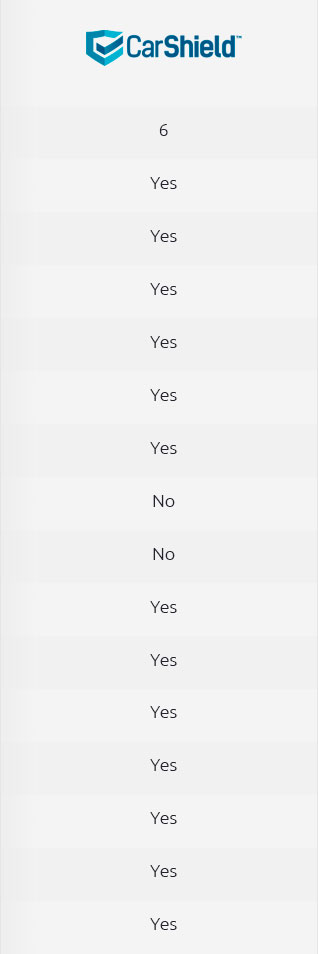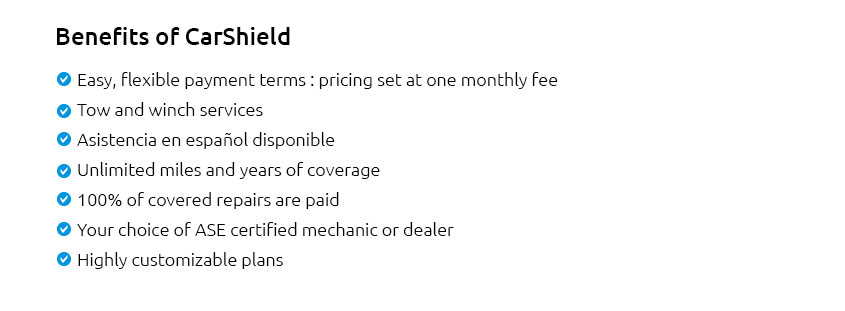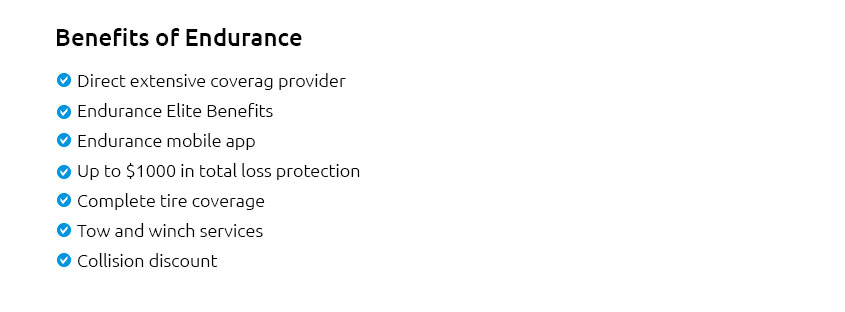 |
 |
 |
 |
 |
|||
 |
|||
 |
 |
 |
|
 |
|||
 |
|
 |
|
 |
|
 |
|
 |
|
 |
|
 |
|
 |
|

Gap Insurance Quote: Protecting Your InvestmentWhen purchasing a new or used vehicle, ensuring that you have adequate insurance coverage is essential. While standard auto insurance policies provide valuable protection, they may not cover the full cost of your car in the event of a total loss. This is where Gap Insurance comes into play. In this article, we'll delve into what Gap Insurance is, why it's important, and how to get a Gap Insurance quote to safeguard your investment. Understanding Gap InsuranceGap Insurance, which stands for Guaranteed Asset Protection Insurance, is designed to bridge the gap between the actual cash value of your car and the amount you owe on your auto loan. It's particularly valuable for individuals who have financed their vehicles or leased them. In the unfortunate event of an accident or theft resulting in a total loss, Gap Insurance ensures you're not left with outstanding loan payments for a vehicle you no longer possess. Why Gap Insurance MattersHere are some key reasons why Gap Insurance is crucial:
Obtaining a Gap Insurance QuoteGetting a Gap Insurance quote is a straightforward process:
Conclusion:Obtaining a Gap Insurance quote is a prudent step to protect your financial well-being and investment in your vehicle. By understanding the importance of Gap Insurance and comparing quotes from reputable providers, you can ensure that you're adequately covered in case of a total loss. Don't leave your finances at risk�secure your investment with Gap Insurance today. |
|---|
|
|